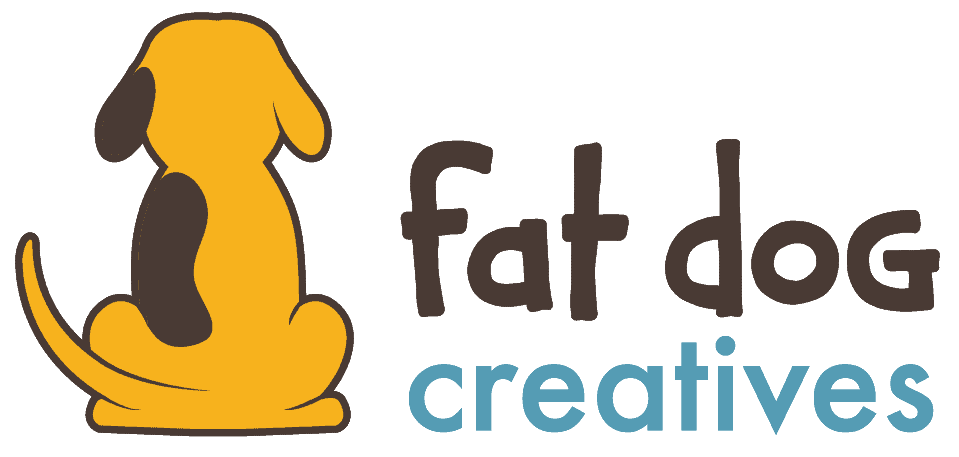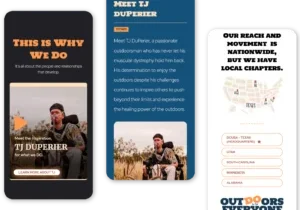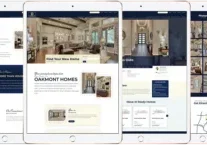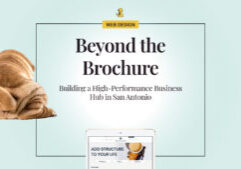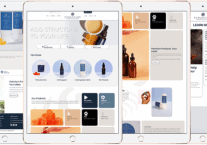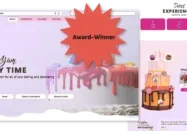How to Stop the New Manager Spiral: Using Affinity Diagrams to Solve Team Overwhelm
Share this article.
Hired for your skills, then handed human chaos? For San Antonio founders and new managers, the Affinity Diagram turns sticky notes into clarity.
The “New Manager” Panic Attack
I’ve been there. You get the promotion or you launch your second company, and suddenly you aren’t just “doing the work”—you’re supervising humans. You’re excited to flex those leadership muscles, but then the “Job” happens.
Emails, training, Slack notifications, and the sheer mental exhaustion of learning new processes start to feel like you’re trying to drink from a firehose while people are asking you for their year-end reviews. It’s paralyzing. If you don’t do something, you’ll spend your entire career reacting to fires instead of preventing them.
The “Qualitative” Nightmare
In businesses like food supply or manufacturing in San Antonio, a lot of data is quantitative (numbers, dates, weights). That’s easy. But management is qualitative. How do you measure “department culture” or “team friction”?
Usually, we just guess. Or worse, we make arbitrary decisions that leave someone feeling overlooked. But there is a tool from the User Experience (UX) world that can save your sanity: Affinity Diagramming.
Affinity Diagramming: A Fancy Term for “Sorting the Mess”
Don’t let the name scare you. It’s basically just organizing a “brain dump” into categories that actually make sense. It’s like taking that giant pile of laundry on your bed and finally realizing you have fourteen blue shirts and zero socks.
How it works for your San Antonio team
- The Brain Dump
Everyone writes their responses or problems on individual Post-it notes (or a digital board like Miro). - The Huddle
As a team, you move the notes around until similar ideas are grouped together. - The “Aha!” Moment
Trends and gaps emerge. Suddenly, you aren’t guessing why the Schertz office is frustrated; you can see the “glitches” in the process clearly laid out on the wall.
Why this builds a “Leader” Reputation
When you lead an Affinity diagraming session, you aren’t just a boss barking orders. You’re a collaborator. You’re telling your team that their responses matter.
This is where careers are made. By measuring the “immeasurable,” you can provide concrete data for those year-end reviews and justify bonuses with actual evidence. It turns your department from a chaotic reaction-machine into an innovative, streamlined engine.
Ready to Watch it in Action?
I’m a big fan of seeing things before I do them. If you’re a repeat founder in New Braunfels or a manager in Boerne looking to regain control of your Tuesday mornings, check out these demos: As you transition from a founder who “does the work” to a leader who “manages the humans,” you need a tool that handles the messy, qualitative side of your business. Affinity diagramming is that tool.
Whether you’re organizing a supply chain in San Antonio or streamlining a creative team in New Braunfels, this process helps you prioritize what actually matters.
Key Takeaways from the Experts:
- The Process
It’s a fast, three-step method: Generate (write individual notes), Organize (cluster into categories), and Prioritize (vote on what to fix first) [00:16]. - Collaboration is Key
Don’t do this alone in your office! The magic happens when the whole team participates. It builds consensus and makes everyone feel invested in the solution [04:18]. - Prioritizing the Chaos
Use “Dot Voting” to let the team decide which “glitches” are high, medium, or low importance [03:05].
Resources
- For more reading and video demo: https://openpracticelibrary.com/practice/affinity-mapping
